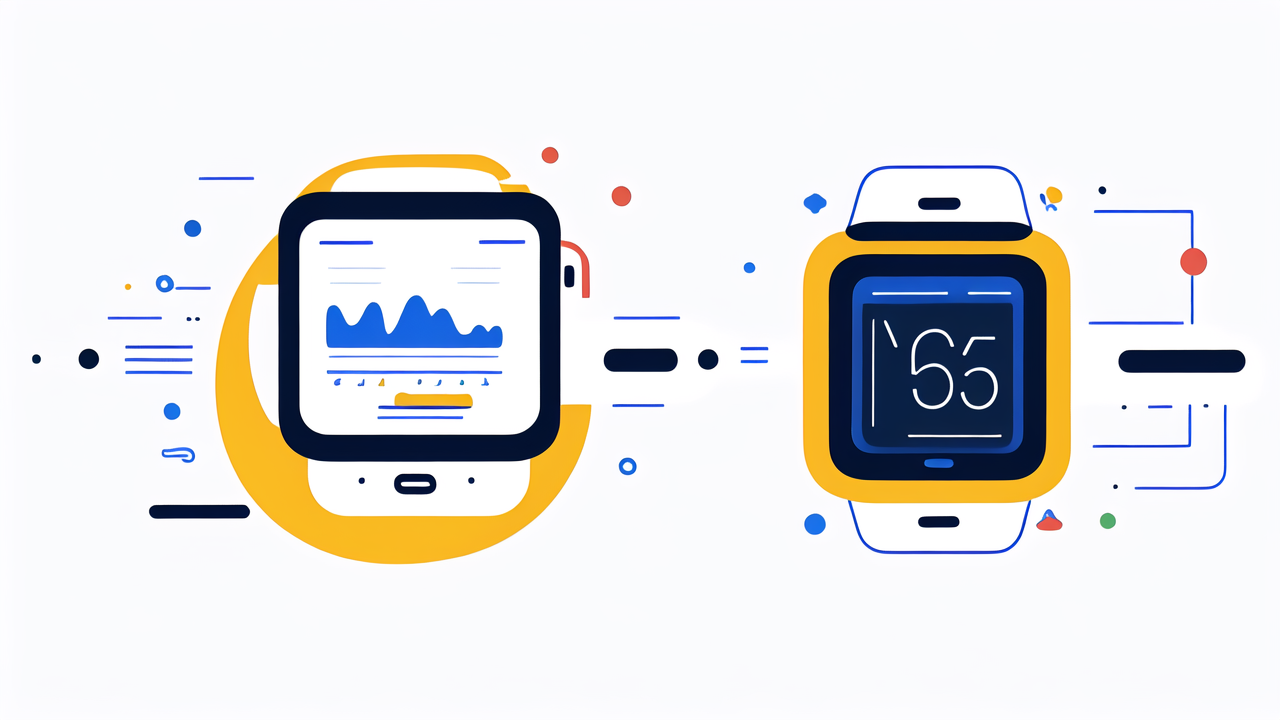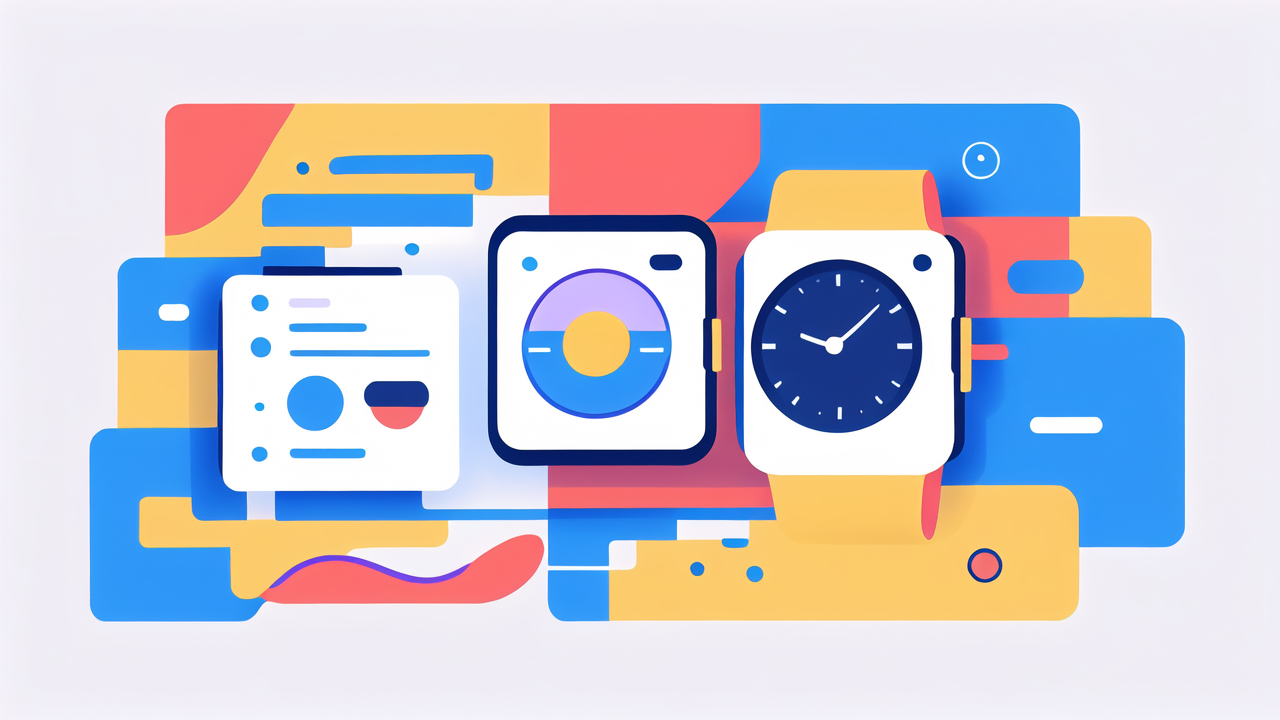Understanding Pulse Monitoring: The Key to Smart Health Devices
What is Pulse Monitoring and How Does it Work?
Pulse monitoring, a critical feature in smart health devices, measures the heartbeat rate using sensors. The process starts by detecting blood flow changes beneath the skin, which is usually done through photoplethysmography (PPG). This technique involves emitting light into the skin and analyzing the light that gets reflected back. From this data, devices calculate heart rate and heart rate variability. These metrics offer insights into cardiovascular strength and stress levels, marking pulse monitoring as a cornerstone for evaluating overall health and wellness.

The Role of Pulse Monitoring in Health and Wellness
Pulse monitoring plays a crucial role in bolstering health and wellness through real-time insight into cardiovascular health. By tracking heart rate, pulse monitors help individuals tailor their exercise routines for optimum cardiovascular outcomes, steer clear of potential health risks, and stay committed to fitness goals. Additionally, the data collected assists healthcare professionals in diagnosing and monitoring chronic conditions like hypertension and arrhythmias, leading to better-informed decisions and personalized care plans. As a cornerstone of personal health monitoring, the importance of pulse monitoring continues to grow in fostering holistic wellness strategies.
The Evolution of Pulse Monitoring Technologies
The development of pulse monitoring technologies has been transformative. Initially, these technologies were limited to medical settings. They tracked vital signs with bulky, immobile devices. However, recent advancements have significantly changed this landscape. Today, compact and portable devices, like smartwatches, now offer robust pulse monitoring. These devices utilize optical sensors to detect blood volume changes at the skin level. This evolution has enabled continuous health tracking in everyday activities. As these technologies continue to advance, they hold potential for even more personalized and predictive health insights.
The Impact of Pulse Monitoring on the Wearable Fitness Market
How Smart Watches are Revolutionizing Fitness Regimens
Smart watches with pulse monitoring are changing how we work out. They track heart rate, set fitness goals, and give instant feedback. This makes exercise more effective. You can see your progress and stay motivated. It’s like having a personal coach on your wrist. These watches help people of all fitness levels. They make workouts safer by spotting health issues early on. They also blend fitness with daily life, making habits healthier overall.
The Integration of Pulse Monitoring with Fitness Apps
The fusion of pulse monitoring technology with fitness applications has profoundly influenced the usability and appeal of wearable devices. This integration enables users to track their heart rates in real-time, adjusting workout intensity based on this data for optimal results. Benefits include personalized workout alerts, security features like abnormal heart rate warnings, and the strategic guidance through performance analytics. Consequently, this synergy not only enhances the effectiveness of individuals' workouts but also propels the growth and innovation within the fitness app market.
The Rise of Health-Conscious Consumers and the Pulse Monitoring Trend
The trend of health-conscious consumers has greatly influenced the wearable fitness market, significantly driven by advances in pulse monitoring technology. This surge in interest has led to an increase in both the adoption and development of wearable devices that offer comprehensive health tracking. Consumers are now more aware of their physical wellness and are seeking tools that offer real-time insights into their heart health, quality of sleep, and overall fitness levels. The presence of pulse monitoring in wearable devices enables users to access detailed health data anytime, fostering a proactive approach towards personal health management. As this trend continues to grow, we can expect further innovations and increased market penetration of pulse-monitoring wearables.
Future Prospects: Trends and Predictions in Pulse Monitoring
Innovations on the Horizon for Pulse Monitoring Devices
As innovation accelerates, the future of pulse monitoring devices is bright with promising advancements. These innovations are likely to transform the way we monitor heart health and assess physical conditions in real time. Some upcoming trends include:
- Enhanced Accuracy: New sensors and algorithms will provide more precise pulse readings, reducing errors and improving reliability.
- Wearable Integration: Beyond wrist-based devices, expect to see pulse monitoring features in clothing and accessories.
- Real-time Health Insights: Advanced devices will offer instant feedback on cardiovascular health, potentially alerting users to irregularities or risks immediately.
- Longer Battery Life: Improved energy efficiency will allow devices to run longer, making continuous monitoring more feasible.
- Personalized Health Metrics: Devices will tailor data and advice based on individual health profiles and activity levels.
The Role of AI and Machine Learning in Advanced Pulse Monitoring
AI and machine learning are transforming pulse monitoring. These technologies enable smarter data analysis. They can predict health issues before they arise. With AI, wearables learn from vast amounts of data. They become more accurate over time. Machine learning algorithms can detect subtle patterns. These patterns might show the early signs of heart conditions. Over time, devices will offer more personalized health insights. This progress may change how we manage our health daily.
Regulatory Implications and Health Data Security in the United States
As pulse monitoring technology evolves, it faces increasingly stringent regulatory scrutiny in the United States. This reality ensures that devices adhere to specific health safety standards. Data security is a crucial focus. Smart watches and other devices must protect users' health data against breaches. The U.S. has seen tighter regulations to address these privacy concerns. In the quest for advanced health technology, developers must navigate this complex regulatory landscape while safeguarding user data.




Leave a comment
This site is protected by hCaptcha and the hCaptcha Privacy Policy and Terms of Service apply.